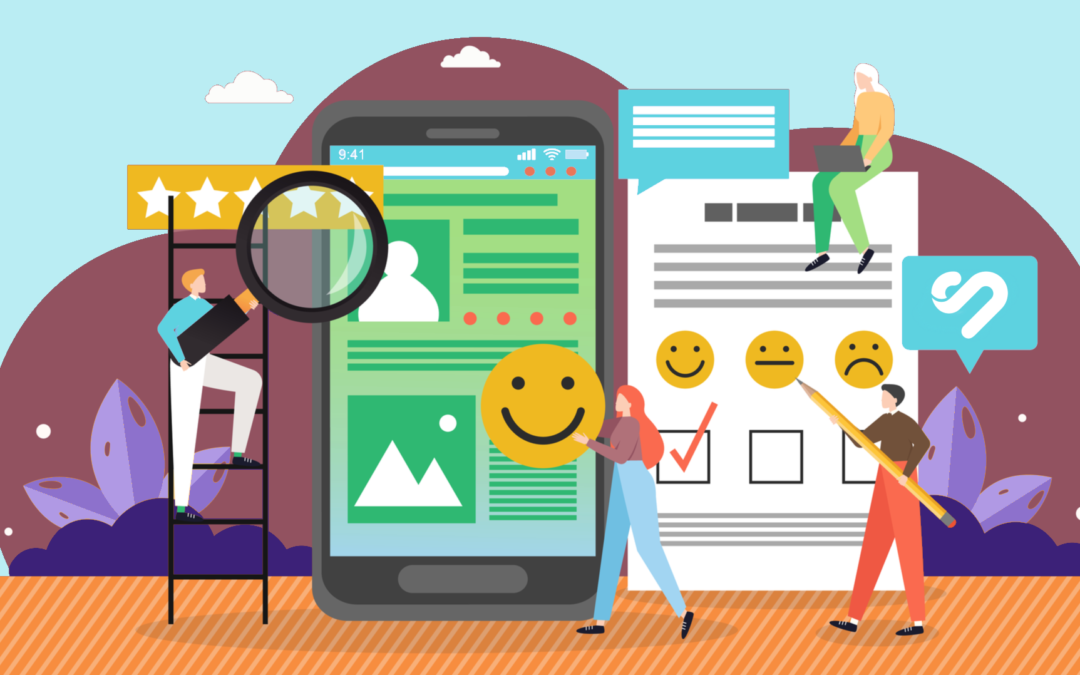In today’s digital age, managing employees’ digital experience is crucial for the success of any organization. The digital tools and platforms used by employees can greatly impact their productivity, engagement, and overall satisfaction. As a manager, it is essential to understand how to effectively manage your employees’ digital experience to create a positive and efficient work environment. In this blog post, we will explore the top five things you should know to manage your employees’ digital experience effectively.
- Invest in User-Friendly Digital Tools: The first step in managing your employees’ digital experience is to provide them with user-friendly and intuitive digital tools. Choose platforms and applications that are easy to navigate and require minimal training. Consider the user experience and ensure that the tools align with your employees’ needs and workflows. By investing in user-friendly technology, you can minimize frustration, streamline processes, and boost productivity.
- Offer Adequate Training and Support: Even with user-friendly tools, it is important to provide your employees with adequate training and ongoing support. Conduct training sessions or provide online resources to familiarize them with the digital tools and their functionalities. Encourage feedback and questions, and establish a support system to address any issues or concerns promptly. A well-trained and supported workforce will feel confident and empowered in their digital environment.
- Foster Collaboration and Communication: Digital tools can significantly enhance collaboration and communication among employees. Encourage the use of collaborative platforms such as project management software, team chat applications, and video conferencing tools. These tools enable seamless communication, real-time collaboration, and remote teamwork. Foster a culture that promotes open communication and encourages employees to leverage digital platforms to share ideas, exchange feedback, and collaborate effectively.
- Prioritize Data Security and Privacy: With the increasing reliance on digital tools, data security and privacy are paramount. Ensure that your employees’ digital experience is secure by implementing robust security measures. Educate your workforce about best practices for data protection, such as using strong passwords, enabling two-factor authentication, and being cautious about phishing attempts. Regularly update your systems and invest in reliable security solutions to safeguard sensitive information. By prioritizing data security, you can build trust and maintain the integrity of your employees’ digital experience.
- Continuously Seek Feedback and Adapt: Managing your employees’ digital experience is an ongoing process. Actively seek feedback from your workforce to understand their challenges, preferences, and suggestions for improvement. Conduct regular surveys, hold feedback sessions, or establish a digital experience committee to gather insights from your employees. Use this feedback to identify areas for improvement and implement necessary changes. By continuously adapting and refining the digital experience, you can create a work environment that supports your employees’ productivity and satisfaction.
Conclusion: Effectively managing your employees’ digital experience is crucial for fostering productivity, engagement, and satisfaction within your organization. By investing in user-friendly tools, providing training and support, fostering collaboration, prioritizing data security, and continuously seeking feedback, you can create a digital work environment that empowers your employees. Remember, an optimized digital experience translates into better business outcomes, so make it a priority to manage your employees’ digital experience effectively.

